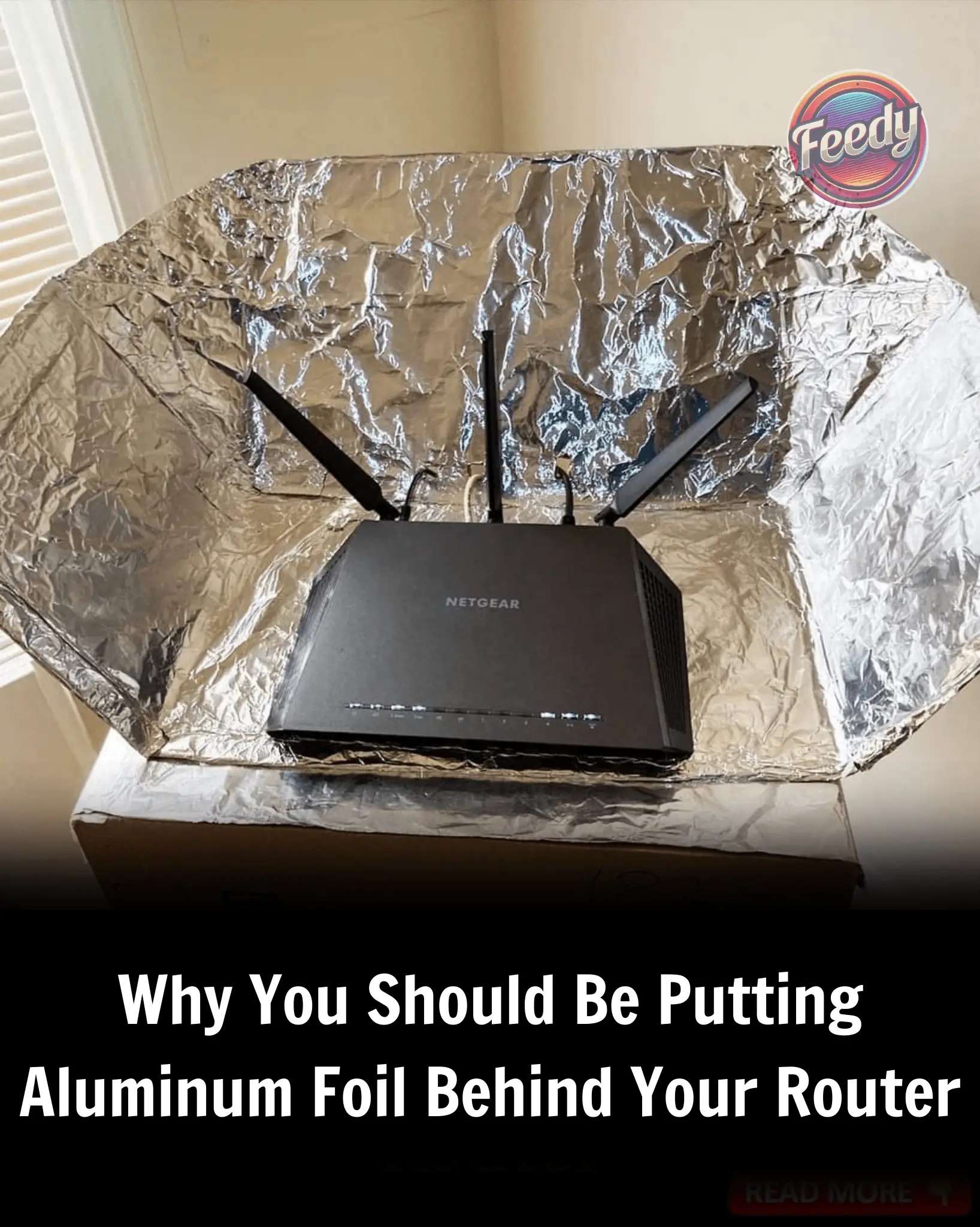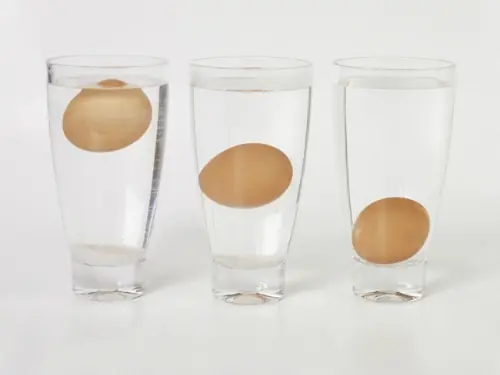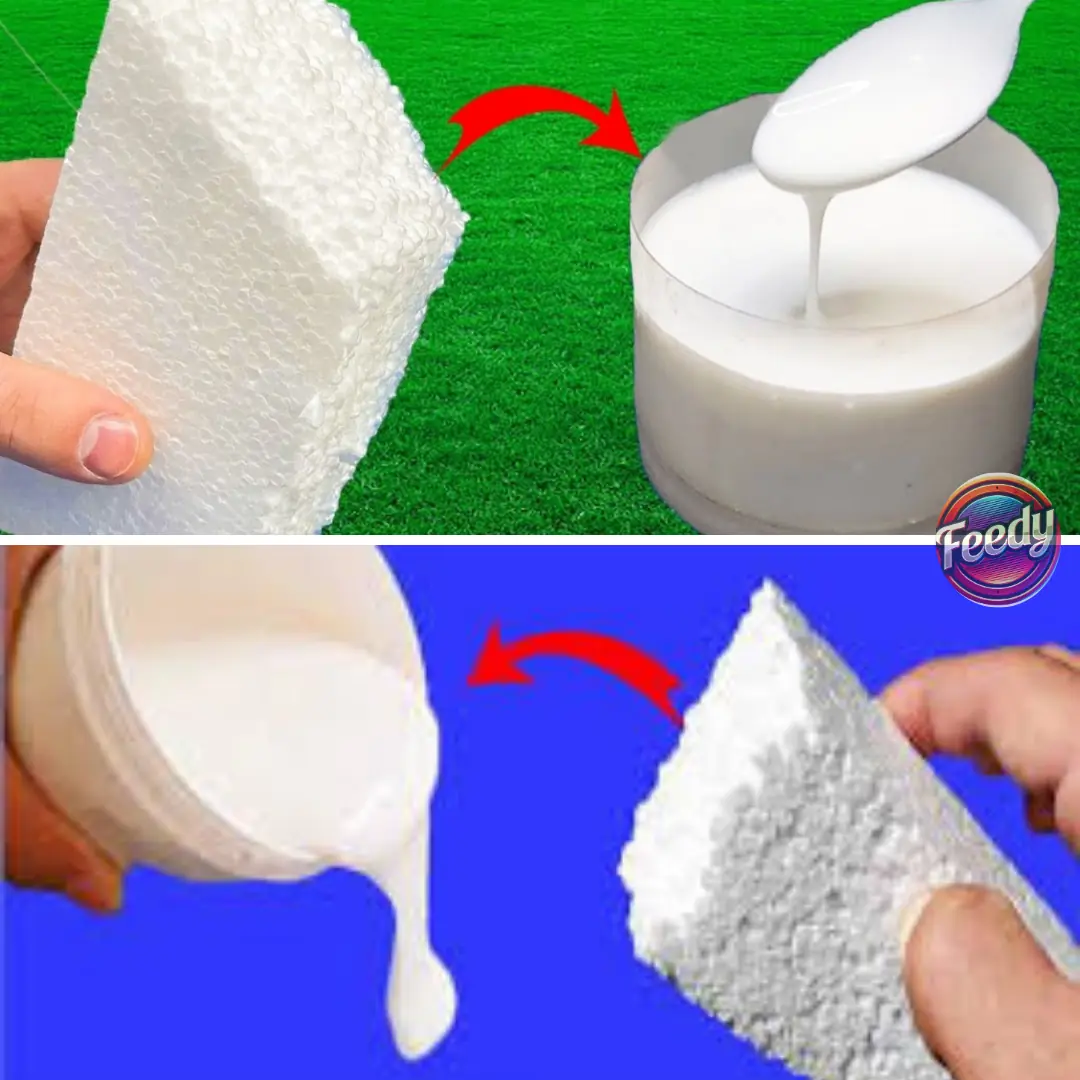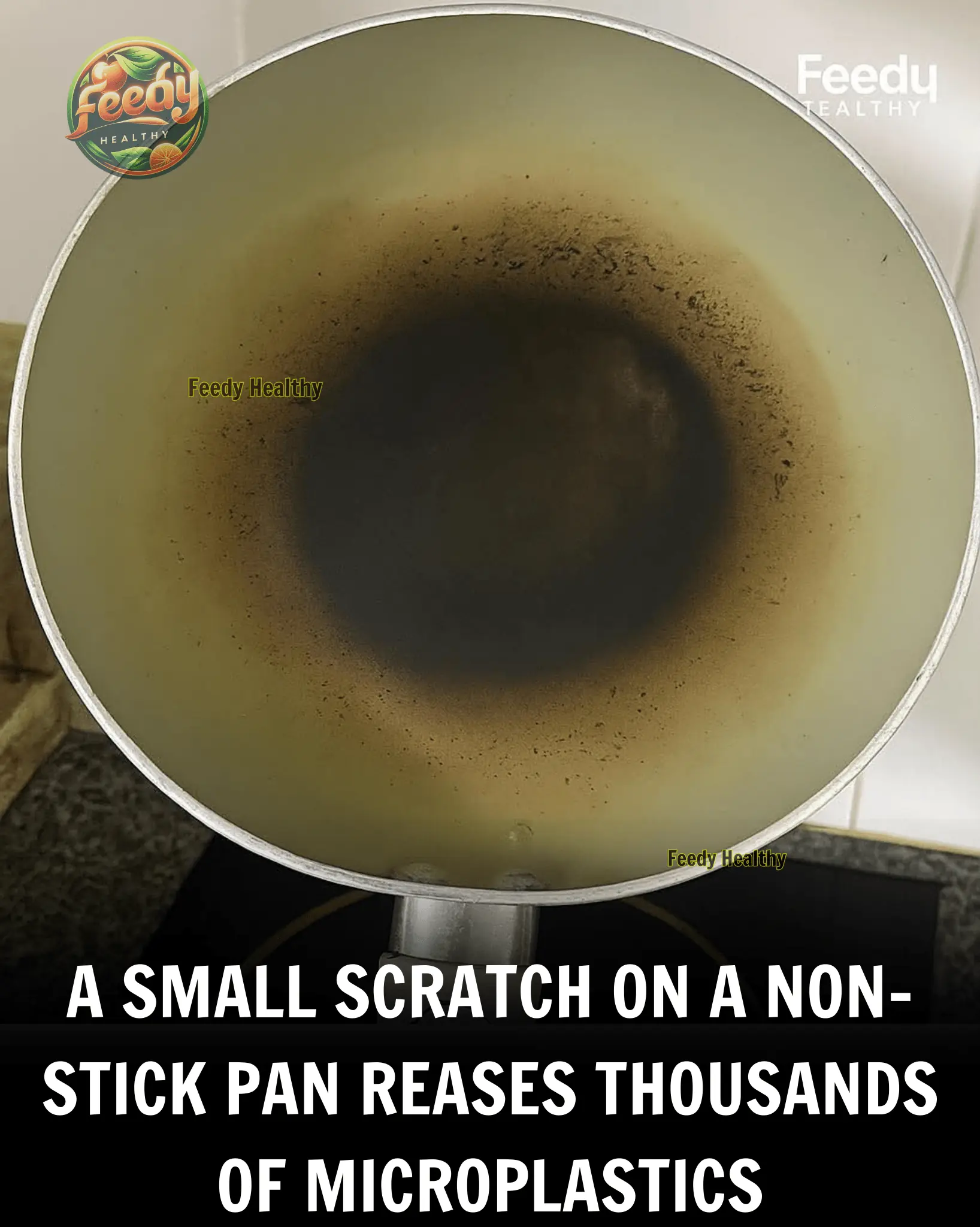
Off The RecordWhy Is It Called Spam, Anyway? A Brief Inbox History Of The Product That Was Sold Over 8 Billion Times

SPAM – a name familiar to many, sometimes jokingly referred to as “mystery meat.” But in reality, its ingredients and production process are much simpler than you might think.
If you’ve ever found yourself wondering, “What exactly is SPAM?”—even just for a second while walking past it in a grocery store—then the answer may pleasantly surprise you.
What Is SPAM?
SPAM is a well-known canned meat product that was first introduced in 1937 by Hormel Foods, based in Austin, Minnesota, USA.
During the final years of the Great Depression, SPAM emerged as an affordable, shelf-stable food option that helped meet the need for accessible protein.
Its popularity skyrocketed during World War II, thanks to its long shelf life and ease of transport. According to James Schend, food editor at Taste of Home, “SPAM cemented its place in the culinary world because it could be stored for long periods and shipped around the world.”
To this day, SPAM continues to thrive. It’s now sold in 44 countries, with over 8 billion cans sold worldwide.
And in 2016, the city of Austin, Minnesota, where SPAM was born, proudly opened a SPAM museum—a testament to its enduring legacy.
What Is SPAM Made Of?
Despite its “mystery meat” reputation, SPAM is actually made from just six simple ingredients, as listed on the official brand website:
-
Pork
-
Ham
-
Water
-
Salt
-
Sugar
-
Potato starch
-
Sodium nitrite (used as a preservative)
According to Schend, sodium nitrite is the only ingredient that might raise questions for some consumers, but its purpose is to preserve freshness and color, helping maintain SPAM’s quality over time.
How Is SPAM Made?
The production process of SPAM is straightforward:
-
Ground pork and ham are mixed with the other ingredients.
-
The mixture is left to rest for 20 minutes to firm up.
-
It’s then filled into vacuum-sealed cans.
-
The cans are cooked, then cooled for three hours.
-
Finally, they’re labeled and packaged—and that’s it!
SPAM Today
From a wartime necessity to a culinary icon, SPAM has evolved into a unique global product. Today, there are 15 different varieties, including flavors like Teriyaki, Jalapeño, and the original Classic.
Love it or not, SPAM is here to stay. It remains a symbol of convenience, creativity, and survival in kitchens across the world.
News in the same category


I was totally in the dark on this!

The Overlooked Refrigerator Setting That’s Quietly Inflating Your Electricity Bill

How to Tell If Your Eggs Are Still Fresh: The Ultimate Kitchen Guide

Simple Household Hack: Banana Peel + Detergent = Roach Killer Miracle Overnight!

That Little Hole In A Safety Pin Isn’t Just for Looks — Here’s What It’s REALLY For

Swollen Lymph Nodes: What They Really Mean and When to Worry

How Often Should You Really Wash Your Clothes? A Smarter Guide to Laundry Frequency

5 Creatures That Can Crawl In Through Your Toilet and How to Stop Them

15 Ways to Use Vinegar for Home and Beauty

Why Hotels Use Bed Runners – And How Guests Actually Use Them

20 DIY cleaning hacks for a spotless home

Add This To The Water For Your Floors

Meaning behind the ‘WC’ sign outside bathrooms

Gas stoves, 1 tablespoon and you'll have them shining again: this is what you should do

10 Things You Should Do When Checking Into a Hotel Room

Most people get hair dye stains on their clothes without knowing how to remove them — and it's a cleaning trick many tend to overlook.

Why do some window grilles have a curve at the bottom?

Are Non-Stick Pans Really Safe?
News Post

Fennel Tea for Vision Health: Preventing Cataracts and Glaucoma Naturally

What It Means If You Always Need to Poop Straight After Eating

Why You Should Try Putting Aluminum Foil Behind Your Router

From Child Star to Headlines Again: Haley Joel Osment’s Recent Arrest Raises Concern

Blue Origin Slammed by Online Conspiracy Theorists Claiming Mission Was a Hollywood FAKE

My Landlord Raised My Rent Because I Got a Promotion — Big Mistake Messing With a Single Working Mom of Three

Say Goodbye to Knee & Joint Pain with This Powerful Anti-Inflammatory Drink

Instant Wrinkle-Reducing Mask with Vaseline, Carrot & Cucumber

My Daughter-in-Law Threw My Belongings Out of the House After Claiming She Inherited It, But Karma Got Her That Same Day.

Meet Simon Cowell’s only kid, who made a fortune on American Idol.

MY MOM PROMISED ME THE FAMILY LAKE HOUSE — AFTER I PAID FOR THE RENOVATIONS, SHE GAVE IT TO MY SISTER.

74-Year-Old Woman Adopts German Shepherd Whose Owners Wanted to Euthanize Him…

Straight Family Man Prefers To Wear Skirts And Heels As He Believes ‘Clothes Have No Gender’

Tragus Piercing – A Small Symbol with Big Personality

This optical illusion may help identify autistic traits in seconds

This is my preferred way

Julia Roberts Gave Birth to Twins at 37 — Pics of Her ‘Beautiful’ Teens Who Look like Her Husband

ABC Cubes For Flawless Skin

Scientists Grow First Fully Formed Tooth In Lab — A Groundbreaking Breakthrough
